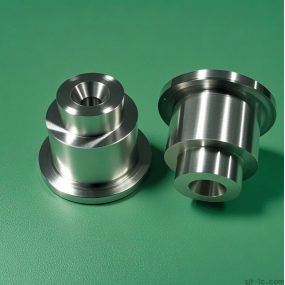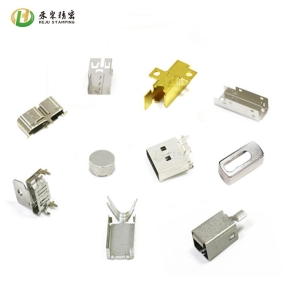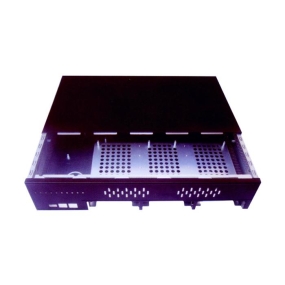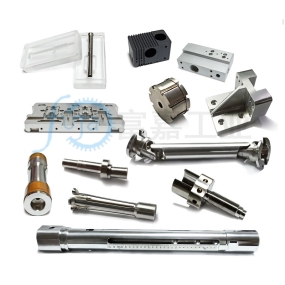Precision machining can be divided into four categories: tool cutting, abrasive machining, special machining, and composite machining.
With the development of processing technology, many new processing mechanisms have emerged, especially in precision machining, especially in microfabrication. According to the forming mechanism and characteristics of the parts. It is divided into three categories: removal processing, combination processing, and deformation processing. Removal processing, also known as separation processing, is the use of force, heat, electricity, light and other processing methods to remove a portion of material from a workpiece, such as cutting, grinding, electrical machining, etc. Combined processing is the use of physical and chemical methods to attach (deposit), inject (infiltrate), and weld a layer of different materials on the surface of the workpiece, such as electroplating, vapor deposition, oxidation, carburizing, bonding, welding, etc. Deformation processing is the use of force, heat, molecular motion, and other means to deform a workpiece, changing its size, shape, and properties, such as casting, forging, etc.
The concept of visible processing has broken through traditional removal processing methods, with characteristics such as stacking, growth, and deformation, while emphasizing surface treatment, forming surface processing technology.
 Compared with chip free technology, the advantages of precision machining (cutting) are firstly that it has a high material removal rate and good economy. For example, this is true compared to laser plasma processing technology; This is because this process can only achieve a high material removal rate by supplying a large amount of energy at present; On the other hand, there are still issues with whether the processed workpieces can meet the requirements for dimensional and shape accuracy. Chip free pressure machining is mainly used for large-scale production, often requiring subsequent cutting to obtain the final qualified workpiece shape. Therefore, the main advantage of mechanical (cutting) machining is that it can achieve high precision of the workpiece.
Compared with chip free technology, the advantages of precision machining (cutting) are firstly that it has a high material removal rate and good economy. For example, this is true compared to laser plasma processing technology; This is because this process can only achieve a high material removal rate by supplying a large amount of energy at present; On the other hand, there are still issues with whether the processed workpieces can meet the requirements for dimensional and shape accuracy. Chip free pressure machining is mainly used for large-scale production, often requiring subsequent cutting to obtain the final qualified workpiece shape. Therefore, the main advantage of mechanical (cutting) machining is that it can achieve high precision of the workpiece.
Precision machining "style=" font family: Waiting line; font-size: 14px; white-space: normal; Mechanical processing is widely used, especially with the trend of small batch production, which requires higher precision in the shape and size of workpieces, opening up new and wider fields for mechanical processing. Using a lathe naturally requires various turning processes, but it should also be noted that drilling, milling, grinding, and gear cutting can all be completed on one lathe (process integration), which is the trend of the composite machine tool of the developed turning and milling machining center.
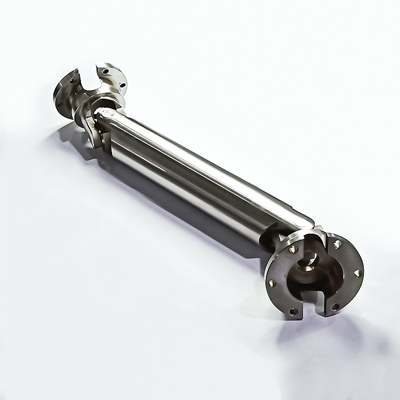 The technical difficulty of precision machining is high, with multiple influencing factors, wide coverage, high investment intensity, and strong product personality. Its main contents include the following five aspects:
The technical difficulty of precision machining is high, with multiple influencing factors, wide coverage, high investment intensity, and strong product personality. Its main contents include the following five aspects:
1.1 Processing mechanism. In addition to the precision of traditional processing methods, non-traditional processing (special processing) methods have developed rapidly. At present, traditional machining methods mainly include precision cutting with diamond cutting tools, precision grinding with disc diamond micro powder grinding wheels, precision high-speed cutting, and precision sand belt grinding; Non traditional processing methods mainly include high-energy beam processing such as electron beam, ion beam, laser beam, electrical discharge, electrochemical processing, photolithography (etching), etc. And composite processing methods such as electrolytic grinding, magnetic grinding, magnetic fluid polishing, and ultrasonic honing with composite processing mechanisms have emerged. The study of machining mechanism is the theoretical basis and growth point of new technologies for precision and ultra precision machining.
1.2 Processed materials. The processed materials of precision machining have strict requirements in terms of chemical composition, physical and mechanical properties, chemical properties, and processing properties. They should have uniform texture, stable performance, and no macroscopic or microscopic defects both externally and internally. Only processed materials that meet performance requirements can achieve the expected results of precision machining.
1.3 Processing equipment and process equipment. Precision machining should have high-precision, high stiffness, high stability, and automated machine tools, corresponding diamond cutting tools, cubic boron nitride cutting tools, diamond grinding wheels, cubic boron nitride grinding wheels, and corresponding high-precision, high stiffness fixtures and other process equipment to ensure machining quality.
1.4 Testing. Precision machining must have corresponding testing techniques to form an integrated processing and testing system. There are three methods for detecting precision machining: offline detection, in-situ detection, and online detection.
1.5 Working environment. Precision machining requires working in a certain environment to achieve technical parameters in terms of accuracy and surface quality. The working environment conditions mainly include requirements for temperature, humidity, purification, and vibration prevention, as well as special requirements for noise, light, static electricity, electromagnetic radiation, and other aspects.


 Spanish
Spanish Arabic
Arabic French
French Portuguese
Portuguese Belarusian
Belarusian Japanese
Japanese Russian
Russian Malay
Malay Icelandic
Icelandic Bulgarian
Bulgarian Azerbaijani
Azerbaijani Estonian
Estonian Irish
Irish Polish
Polish Persian
Persian Boolean
Boolean Danish
Danish German
German Filipino
Filipino Finnish
Finnish Korean
Korean Dutch
Dutch Galician
Galician Catalan
Catalan Czech
Czech Croatian
Croatian Latin
Latin Latvian
Latvian Romanian
Romanian Maltese
Maltese Macedonian
Macedonian Norwegian
Norwegian Swedish
Swedish Serbian
Serbian Slovak
Slovak Slovenian
Slovenian Swahili
Swahili Thai
Thai Turkish
Turkish Welsh
Welsh Urdu
Urdu Ukrainian
Ukrainian Greek
Greek Hungarian
Hungarian Italian
Italian Yiddish
Yiddish Indonesian
Indonesian Vietnamese
Vietnamese Haitian Creole
Haitian Creole Spanish Basque
Spanish Basque




